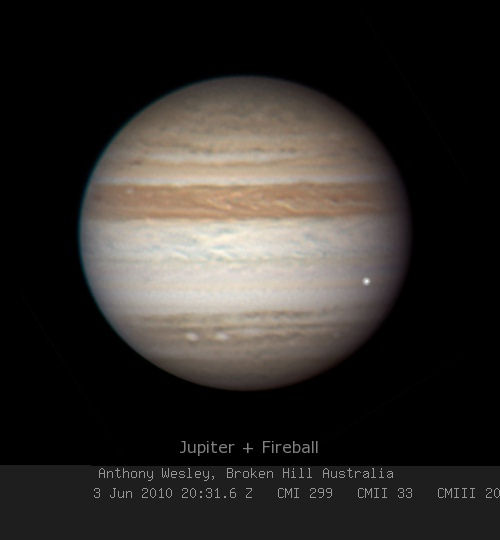Asi que habia que buscar una alternativa (workaround) para el comando rm -rf *, entonces es cuando otros comandos de Bourne Shell pueden ser utiles para completar esta tarea, asi que aqui les muestro dos alternativas:
for i in *; do rm -rf $i; done
De esta forma el comando for toma un archivo a la vez y lo coloca en la variable $i; dentro del loop se ejecuta el comando rm para finalmente borrar el archivo; resultado, los archivos son eliminados, que es lo que se deseaba desde el principio.
Otra alternativa para realizar esta tarea es mediante el comando find:
find . -type f -name '*' -exec rm -rf {}\;
El comando find pasa cada archivo que coincide con la busqueda y ejecuta el comando rm -rf en cada uno de ellos, completando al final la tarea deseada.
Hay otras alternativas, pero las dejo para la investigacion, de hecho una de ellas es el modificar, en el kernel de Linux, la variable que permiten incrementar el limite de parametros que se pueden pasar en una linea de comandos, pero ojo, esto require del conocimiento de los cambios que se haran y de como compilar un nuevo kernel de Linux; una pista, busquen en /include/linux/binfmts.h.
Saludos y hasta la proxima.
___ ___ _ ___ _
| __|_ ___| \(_)__ _ __| _ ) |___ __ _
| _/ _/ _ \ |) | / _` |_ / _ \ / _ \/ _` |
|_|\__\___/___/|_\__,_/__|___/_\___/\__, |
|___/


